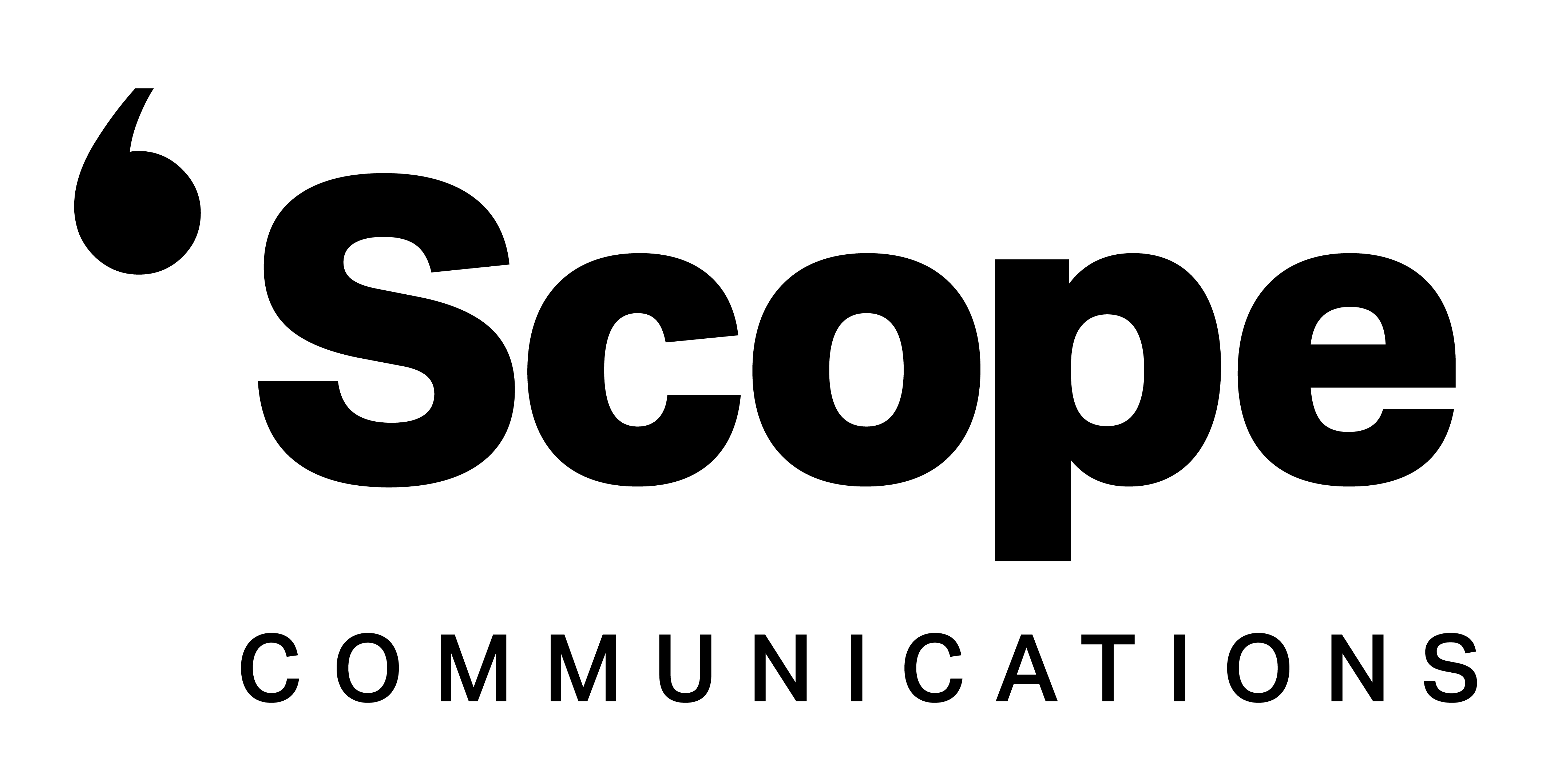Latest business insolvency data has revealed the highest single-quarter figure since 2016, but an increasing number of Kiwi business owners are exploring alternatives to liquidation for survival.
The BWA Insolvency Quarterly Market Report has revealed insolvencies rose by 23% in Q2 2024 compared to Q1, and 36% compared to the same period last year. With 700 insolvencies reported between April and June – the highest single-quarter figure since 2016— the data underscores the ongoing economic challenges faced by New Zealand businesses.

Most sectors are experiencing increased business failures, with food and beverage, construction, and property and real estate services being particularly hard hit, the report reveals. The construction sector saw a 22% year-on-year increase, rising from 133 to 162 insolvencies. Property and real estate surged by 50%, from 62 to 93 cases, and food and beverage experienced an 85% increase from 27 to 50 insolvencies.
"While we anticipated a rise in insolvencies, the scale of the increase has been significant," BWA Insolvency principal Bryan Williams says.
"Of immediate concern is the fallout that hits employees. When companies go down, employees lose their jobs, and with the current economic squeeze there are not enough places available for all job seekers.
"There will be many empty pay packets and demand will suffer as a result. Empty cafés and a worldwide abundance of wine are evidence of moderated consumer spending."
Other influences on the economy include global politics: "We have the potential for stable governance in the United States towards the end of the year, which could impact the war effort in Ukraine and, in turn, decrease importing inflation.
"With the Reserve Bank's recent interest rate reduction, there is some hope for economic improvement. However, there is much in the pipeline that needs to work its way out and it is doubtful that better cashflows will come soon enough to correct current insolvencies.
"It is inevitable that insolvencies will be higher than normal for the next six to nine months."
Despite the outlook, there is a growing awareness and adoption of Voluntary Administration (VA), offering businesses an alternative to liquidation or receivership.
In the second quarter of 2024, there were 28 VAs, 5% of total insolvencies, compared to Q2 2022 were there were just five VAs for the period.

"The rise in the adoption of Voluntary Administration reflects increased awareness among business owners of their options when facing financial difficulties. We continue to field enquiry for this model as a way of helping businesses navigate through troubled times,” Williams explains.

Receiverships have seen a 62% increase year-on-year, from 26 to 42 cases in Q2 2024, indicating a more rigid stance on outstanding debt by creditors.
"Secured creditors are less willing to wait when they see signs of debtor trouble," he adds.
Williams believes there is reason for cautious optimism. "We expect the upward trend in insolvencies to plateau later in the year as discretionary spending increases and economic conditions stabilise.
"There is light at the end of the tunnel and recovery will be driven by consumers spending less at the same time as producing more. Reduced interest rates will flow more revenue into the economy, aiding recovery."
Read the Quarterly Market Report here.



 Commerce Commission: Commission Concludes Auckland Airport Over-charging By $190 Million
Commerce Commission: Commission Concludes Auckland Airport Over-charging By $190 Million The Future Is Rail: Ferry Decision - Common Sense Prevails
The Future Is Rail: Ferry Decision - Common Sense Prevails Aotearoa Food Rescue Alliance: Grocery Market Reform Must Include Mandatory Food Rescue Partnerships
Aotearoa Food Rescue Alliance: Grocery Market Reform Must Include Mandatory Food Rescue Partnerships Hugh Grant: Zero Trust Security - A Buzzword Or The Ultimate Protection?
Hugh Grant: Zero Trust Security - A Buzzword Or The Ultimate Protection? Bill Bennett: Comcom revisits fibre rules as competition intensifies
Bill Bennett: Comcom revisits fibre rules as competition intensifies Bill Bennett: Download Weekly Extra - InternetNZ disrupted
Bill Bennett: Download Weekly Extra - InternetNZ disrupted



